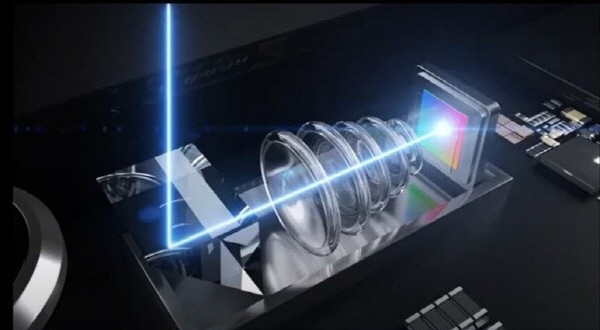Sony IMX903 and Sony IMX907 Full disclosure
The smartphone industry has seen dramatic advances in camera technology in recent years, and Sony, as a major player in the imaging sensor market, continues to push the boundaries of innovation. After the successful launch of the 1-inch Sony IMX989 mega bottom sensor, the company is now working on two revolutionary sensors: Sony IMX903 and IMX907.
Sony IMX903 specifications and features
The Sony IMX903 is a 48 megapixel sensor with a large size of 1/1.14 inch, boasting a pixel size of 1.4 micrometres. One of the distinguishing features of this sensor is Dual Pixel Autofocus (DPAF), which improves focusing accuracy and speed, while allowing continuous tracking of moving subjects. In addition, the sensor incorporates 0.7 × 1.4 micrometer sub-pixels, further improving autofocus performance and overall image quality.
Thanks to the fast performance of the IMX903, it is designed for exceptional video production capabilities. Such as the cinematic mode which allows users to capture footage with a cinematic look, bringing a professional touch to smartphone videography. Additionally, the sensor supports 4K high frame rates, ensuring smooth and detailed video recording. The sensor also features Wide Dynamic Range (WDR) technology for Dolby Vision, which delivers stunning contrast and vibrant colors in video content.
Sony IMX907 specifications and features
The Sony IMX907, a sibling of the IMX903, features a slightly larger sensor size of 1/1.12 inch and a higher resolution of 50 megapixels. With 1.4-micrometer Quad Pixel Autofocus (QPAF) and 0.7×0.7-micrometer sub-pixels, the IMX907 excels at capturing sharp, detailed images in a wide range of shooting scenarios.
Like its IMX903 counterpart, the IMX907 uses dual-layer transistor pixel sensor technology, allowing for increased light absorption and reduced noise in low-light conditions. This results in better performance when capturing images in challenging lighting environments.
Both the IMX903 and IMX907 sensors are expected to become popular choices for high-end smartphones, significantly improving the photography and videography experience for end users. The size of these sensors, coupled with their advanced features, make them ideal candidates for flagship devices.
Apple iPhone 16 Pro Max: IMX903 + Super Telephoto
Apple’s upcoming iPhone 16 Pro Max will debut cutting-edge camera technology, leveraging the Sony IMX903 sensor as the primary camera. The iPhone 16 Pro Max will be equipped with a 1/1.14-inch IMX903 “super sole” sensor, combined with a 1MG + 7P (printed glass + plastic) module, ensuring outstanding image quality + video capability and better light capture.
In addition to the main sensor, the iPhone 16 Pro Max will also feature a “Super Telephoto” periscope sensor. This telephoto lens is expected to offer impressive optical zoom capability, reaching at least 10X optical zoom, or potentially even greater, revolutionizing smartphone photography and opening up new possibilities for creative expression.

Conclusion
Sony’s IMX903 and IMX907 sensors will represent the next generation of smartphone camera technology. With their advanced autofocus systems, superior image quality and video production capabilities, these sensors are set to redefine the way we capture and share moments through our smartphones.
The upcoming Apple iPhone 16 Pro Max, featuring the IMX903 sensor and a powerful periscope telephoto lens, promises to take smartphone photography to unprecedented heights. As these sensors come to market and flagship devices integrate them, users can look forward to a new era of mobile photography and videography that will push the boundaries of creativity and innovation.
